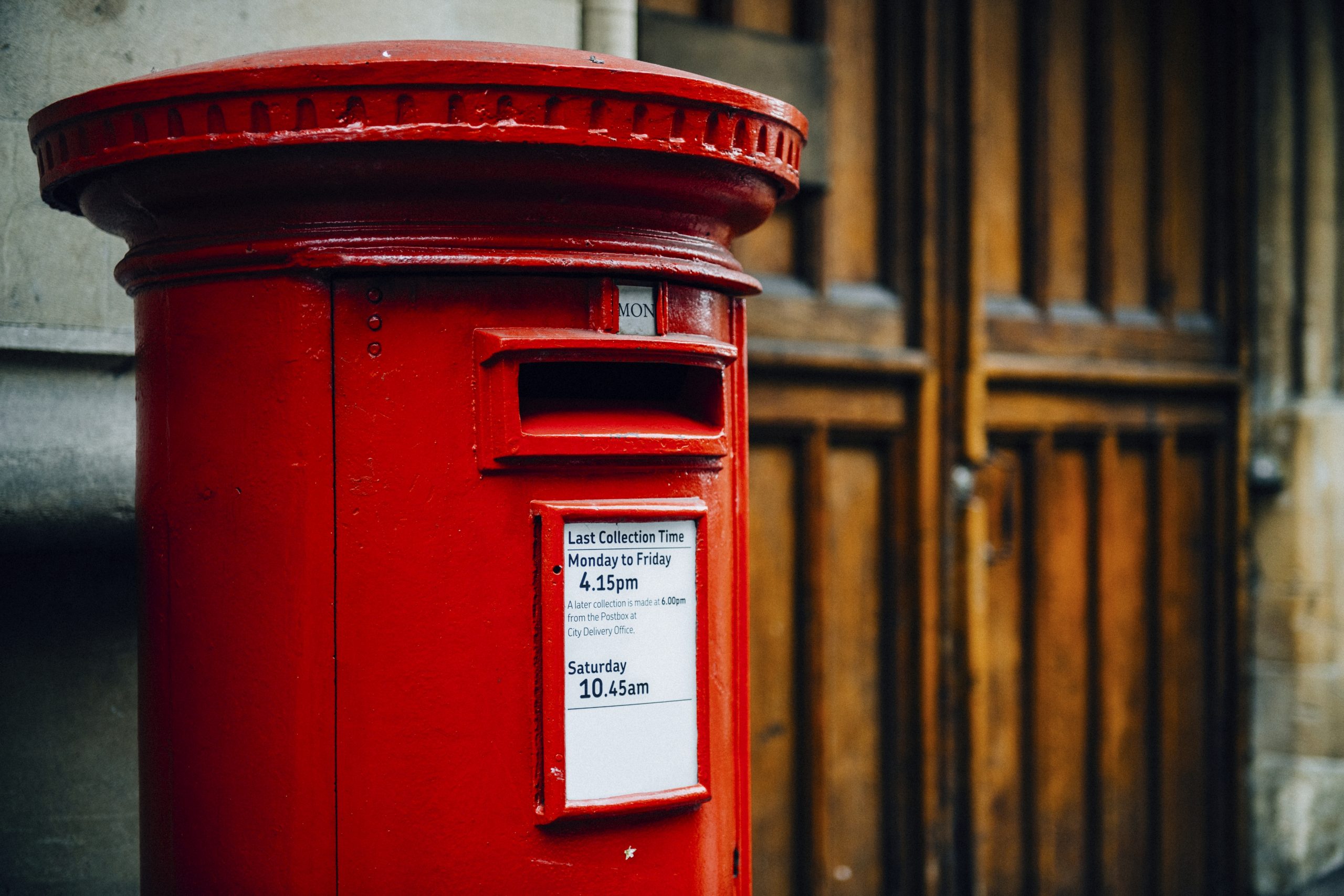- Home
- Local History
- Handling the Volume of Mail – 1914-1918
Handling the Volume of Mail - 1914-1918
Written by Pam Preedy.
In the first half of the 20th century the Royal Mail and the Post Office counter service, which provided essential services such as dealing with stamps, and paying the old age pensions, were all incorporated and came under the title of the General Post Office.
Even before the First World War, the Post Office employed over 250,000 people, handling 5.9 billion items of post. At that time there were up to four deliveries a day. A letter posted in the morning could expect to get a reply in the post that same evening. In rural areas, there were up to twelve deliveries a day. It was the way people kept in touch – no mobile phones!
During the First World War World, with the wholesale mobilisation of soldiers from the Reserves and Territorials to swell the ranks of the army, together with enthusiastic volunteering of young men, by the end of 1914, 1,186,337 men had enlisted, including a total of 28,000 postal staff. Conscription was introduced in January 1916. Between 1916 and 1918, the British army alone numbered over two million men. We cannot forget the sailors and airmen who were also a long way from home.

During the war the postal office service was the key to maintaining communications between families and their menfolk fighting at the fronts and in all parts of the world, including prisoner of war camps and ships. Sending and receiving letters was one of the ways of keeping up morale at home and abroad. At the same time the Post Office also had to cope with preserving important military and administrative communications. One can scarcely imagine the magnitude of the task.

To cope with this enormous volume of letters and parcels a vast temporary wooden sorting office was built covering five acres or more of Regent’s Park – the London Home Depot. This was the sorting office for all the mail bound for the troops everywhere including the Western Front. With so many men away, 2,500 mostly women were employed in the Home Depot. They handled two billion letters and 114 million parcels in total. Four deliveries a day became a distant memory. Deliveries by road were reduced to conserve fuel and travelling Post Offices on trains and seabound mail were likewise reduced, the latter in an effort to avoid torpedoes and mines. Apart from official post, letters and parcels carrying food and essential supplies such as socks, travelled across land and sea to reach servicemen all over the world, wherever the men were fighting. They brought good news, exciting adventures from men in distant countries, sometimes on leave enjoying a little sightseeing, and bad news of men taken prisoner, wounded or taken ill, or leave cancelled. The most dreaded sight at home during the war was the telegraph boy cycling up the road knowing that he was likely to be bringing news of a death; husband, son, or father. There could have been few roads in Bromley or Orpington that escaped this death knell.
Post for the Western Front was sent via Le Havre, Boulogne or Calais to forward post rooms close to the front line and most reached the Front within two days; occasionally the post arrived at locations before the Army got there. 19,000 bags of mail crossed the Channel every day. For the soldiers, the arrival of the mail from England in the evening was the highlight of the day.
Letters home were censored, either by the writer’s unit, at the channel port or in Regent’s Park, where 350,000 letters were dealt with each day. Censorship could be evaded however by one soldier asking a soldier going on leave to post a letter in England. Some were able to send coded messages home, agreed while at home in England. Censors had to decipher codes and discover invisible writing in 130 languages. Each examiner read on average 110 private letters a day and the average number of letters censored in a day was 375,517. Three quarters of the staff were women who were found to have a wonderful memory for detail and could recognise peculiarities in handwriting and expression. A group to censor parcels was housed in Regent’s Park.
Further your research
Originally published in Life in Bromley magazine (Issue 4, June 2022)
